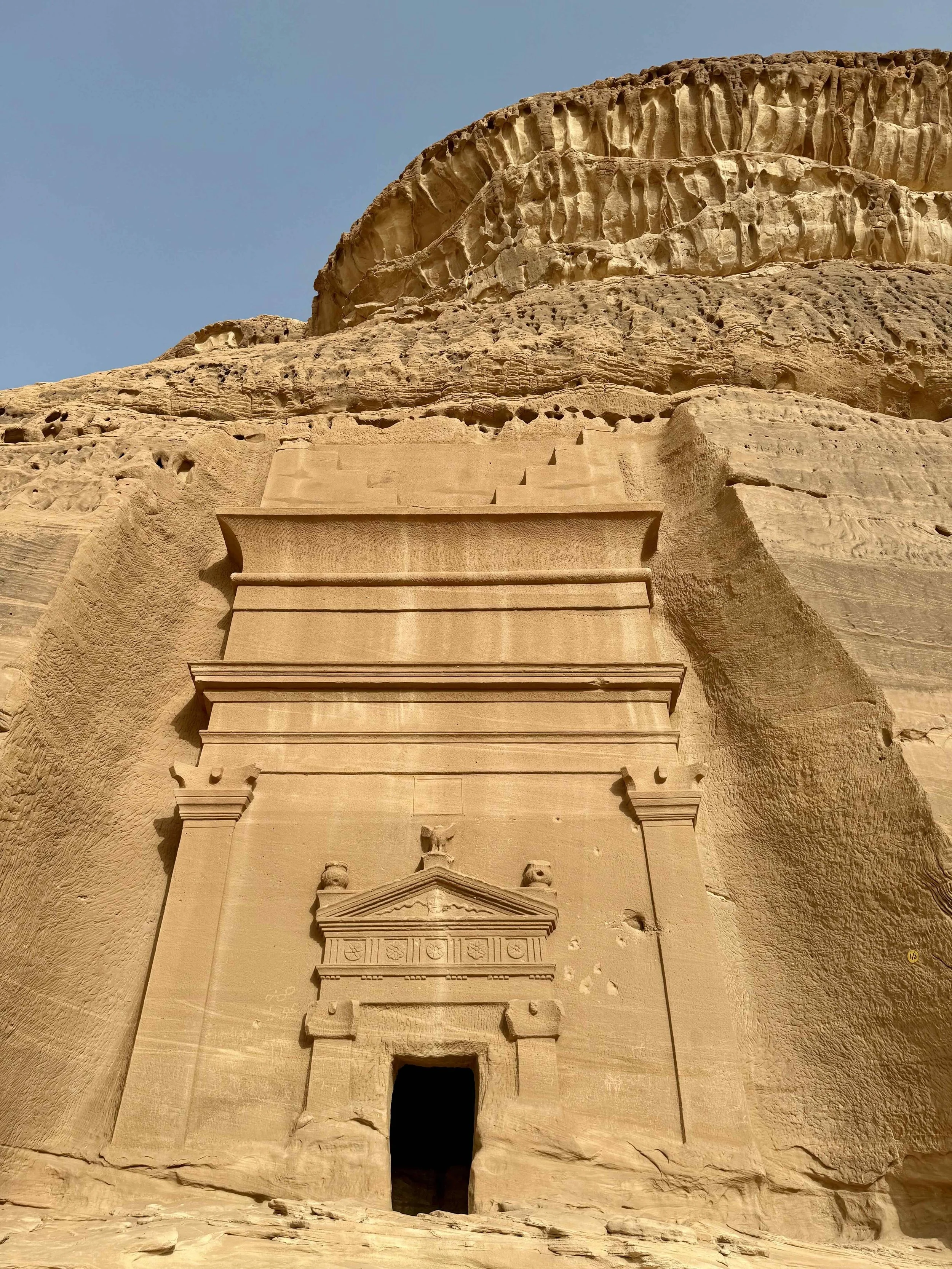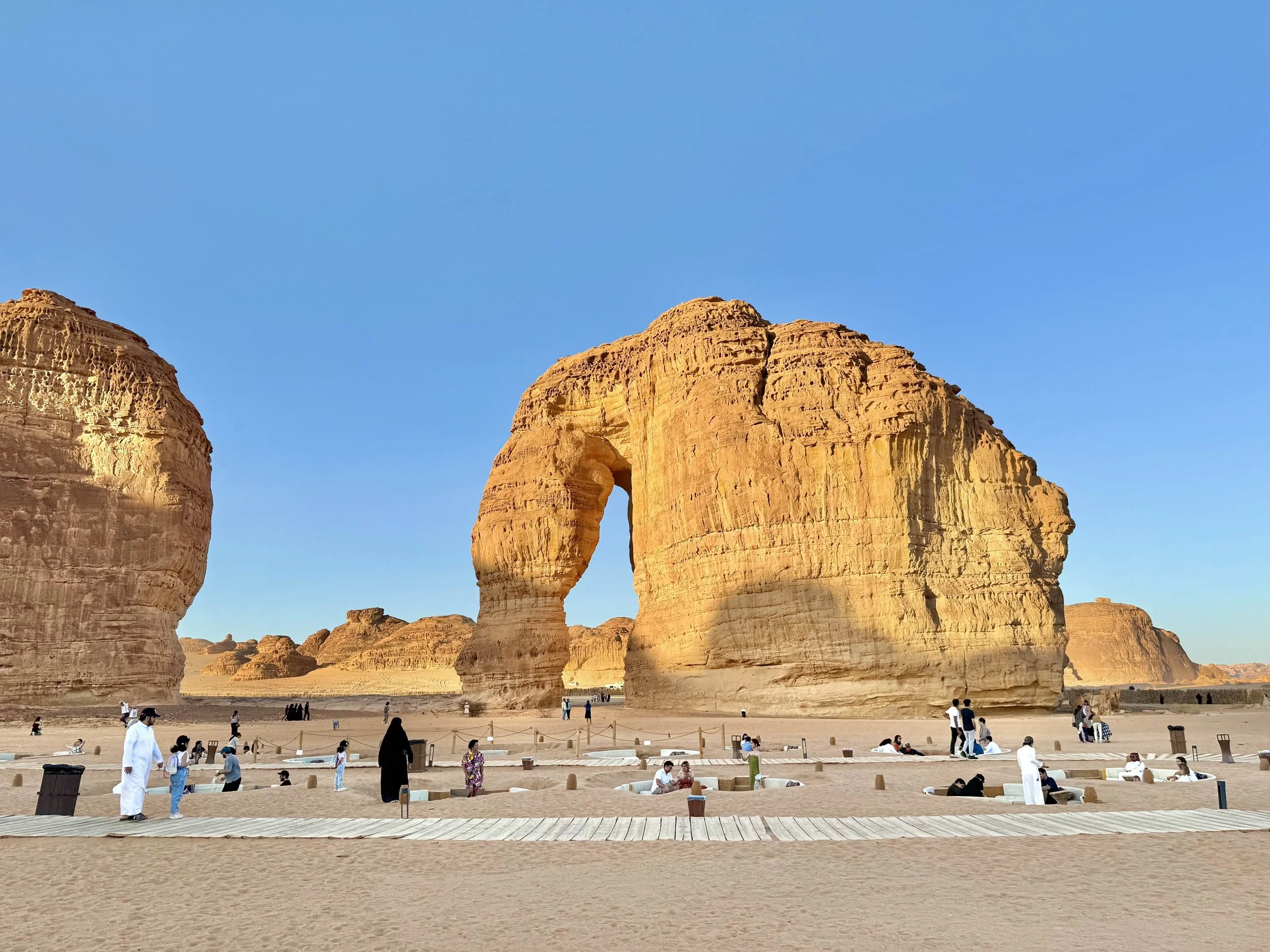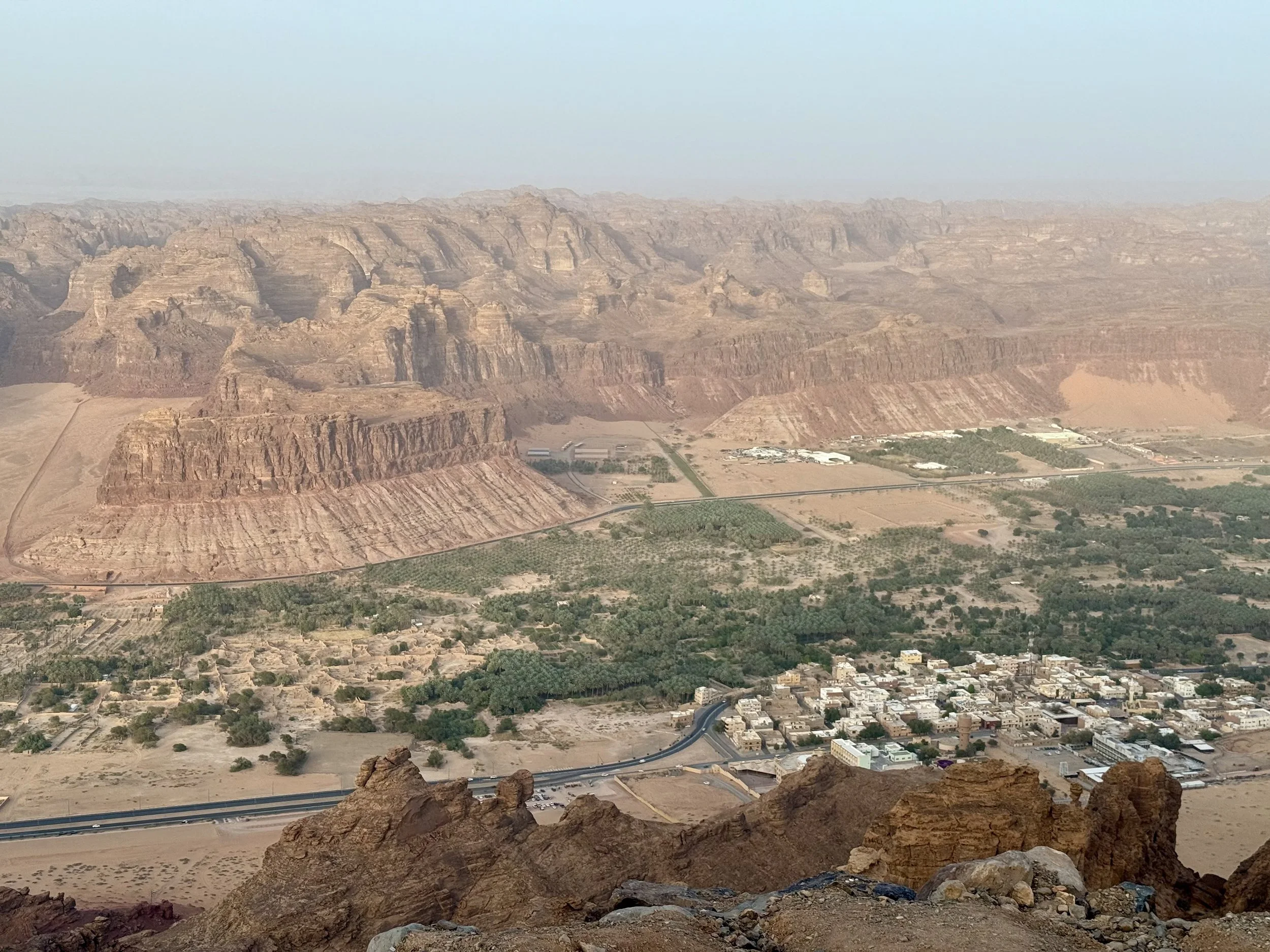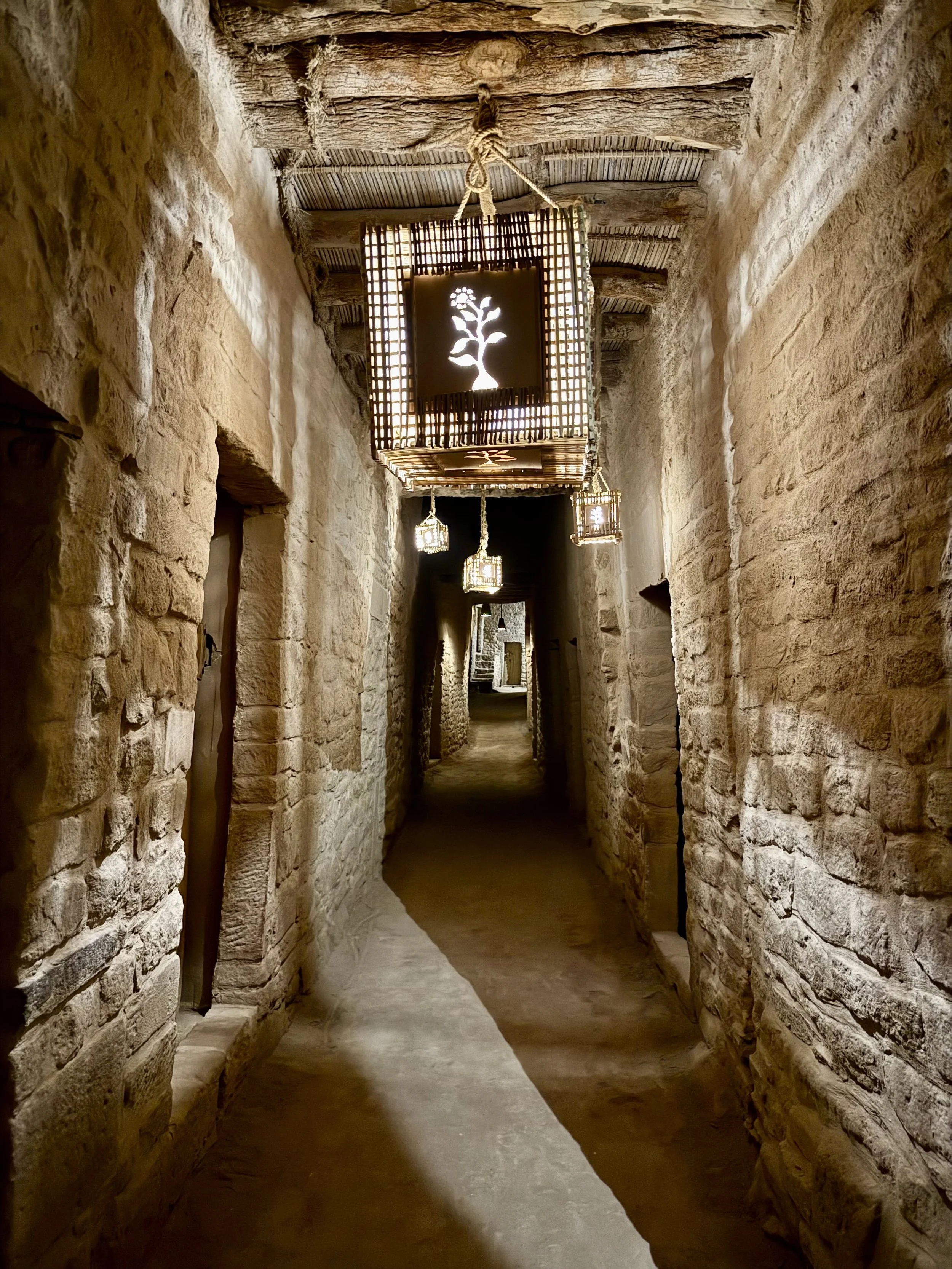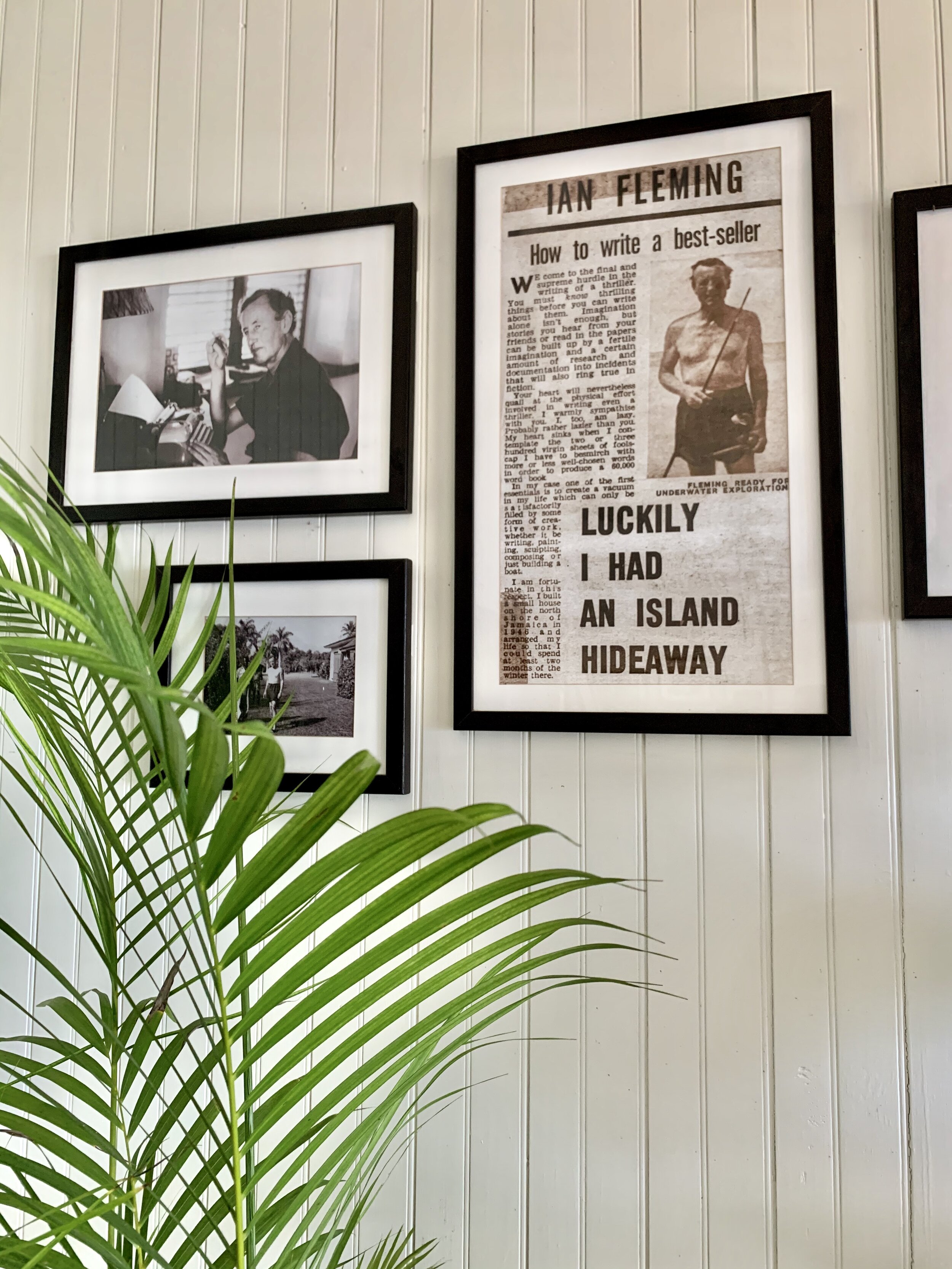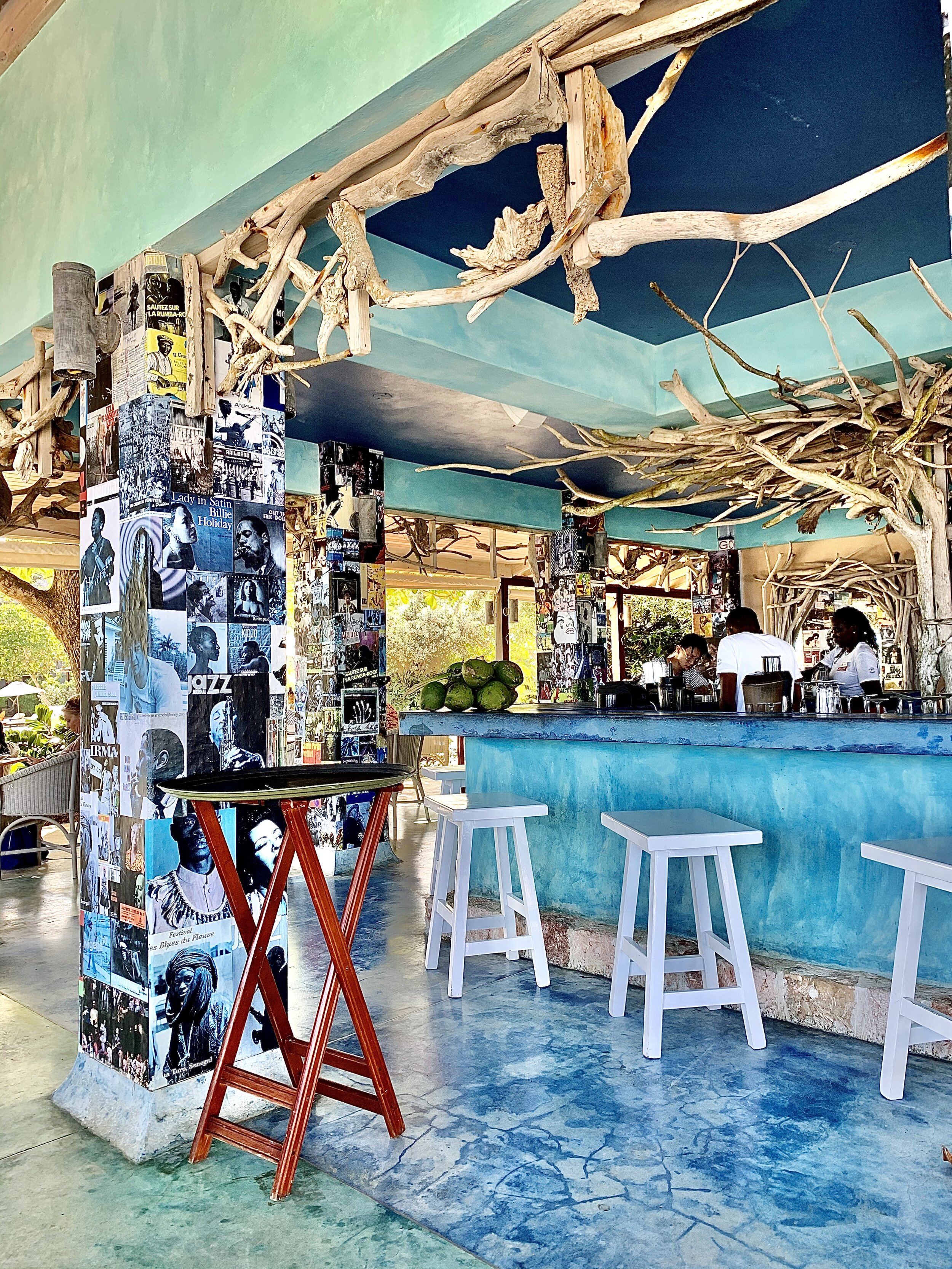Saudi Arabia was not a country I imagined visiting. Until just five years ago, it wasn’t even an option—the country was not open to tourists. Cinemas and concerts were banned, and restaurants enforced gender segregation. Women did not have the right to drive, apply for passports, or hold the same jobs as men. In a few short years, under the reforms of the new Crown Prince, much of that has changed, bringing an influx of foreign investment and curious travelers. So when a business opportunity arose earlier this year, I decided to go with an open mind and experience the country firsthand.
Most visitors arrive in either Riyadh, the capital and largest city, or Jeddah, the second-largest city and Red Sea port. I had applied for an eVisa online a week prior, and immigration was a breeze. I then took a domestic flight to AlUla, a desert oasis on the ancient Nabataean Spice and Incense Route, in the northwest of the country.
Caravan AlUla
Two hours later, I was driving my Budget rental car across vast sandstone landscapes, snacks from a local supermarket in hand, on my way to Caravan AlUla by Our Habitas. (Note: I strongly recommend downloading an offline map of the area on Google Maps before travelling, as signal strength can come and go.)
After checking into my sleek airstream trailer set in a desert “campground” featuring an open-air tent with breakfast in the mornings, food trucks in the evenings, and an open-air cinema projecting films nightly onto the surrounding cliffs, I drove a few minutes to the main area of the hotel, Our Habitas (caravan guests have full access to the facilities). From there, golf carts take guests to all areas of the grounds, including the stunning infinity pool framed by red-hued mountains. Baking for thousands of years in this unforgiving desert climate, these mountains stand as silent witnesses to the rise and fall of centuries of civilisations, and they will remain long after we are gone. Floating there as the sun began to set, I reflected on just how small we are in the sweep of history.
The infinity pool at Our Habitas, AlUla
An art installation at Our Habitas, AlUla
The grounds are also dotted with art installations, including a series of trampolines nestled in the sand between a pair of cliffs. My inner child joyfully emerged as I bounced and bounced, higher and higher. At night, under a dome of stars, the place felt almost otherworldly. Daily exercise classes and evening sound baths added to the sense of calm.
A tomb at Hegra, AlUla
A tomb at Hegra
A tomb at Hegra
The next morning, I explored Hegra, Saudi Arabia’s first UNESCO World Heritage site. Hundreds of towering Nabataean tombs carved into the sandstone stand as echoes of the kingdom that once thrived there. Visits are only via guided tours (in both English and Arabic) and must be booked in advance online. Nearby, the archaeological sites of Dadan and Jabal Ikmah feature centuries of ancient inscriptions etched into the rock, while the mirrored facade of the newly built event space Maraya appears as a mirage in the desert landscape.
Elephant Rock, AlUla at sunset
View of AlUla and surrounds from Harrat viewpoint
For sunset, a popular spot is Elephant Rock, a natural arch with a few food trucks and ample seating. Afterwards, I headed to AlUla’s Old Town, a beautifully restored maze of narrow alleys winding among centuries-old mudbrick dwellings. The main market street cuts straight through the town, lined with cafes, boutiques, and cultural spaces. String lights give the streets a magical glow bridging past and present, and I watched both domestic and foreign visitors stroll past while enjoying a hearty local meal at Grandma Recipe. I marveled that this entire experience has only become possible in the last few years.
Mural in AlUla Old Town
AlUla Old Town
Enjoying a non-local bite in AlUla Old Town
AlUla Old Town at night
In contrast, Riyadh is all about scale and ambition. With a population of eight million (about the same as New York City), the city buzzes with construction cranes, symbols of its rapid modernization. Projects like Boulevard World—which will feature miniatures of global landmarks—and Bujairi Terrace blend Saudi traditions with modern flair. At the stylish Flamingo Room, we lingered over dinner as a sudden sandstorm swept through, savoring tea and desserts until the skies cleared enough to leave. Air quality is a frequent issue in the city.
Riyadh
Riyadh
My final stop was Jeddah, smaller and more relaxed, with a distinct cuisine and culture. Breakfast at Tofereya introduced me to the city’s flavours, and wandering Al-Balad, its UNESCO-listed old town, felt like stepping back in time. Traditional coral-stone houses with ornate wooden balconies overlooked souks brimming with everything from textiles to trinkets, and local men socialised over shisha and dominoes.
Al-Balad, Jeddah
Al-Balad, Jeddah
On my last evening, we feasted on smoky grilled meats at the popular 7 Ribs. Afterwards, we headed for a sunset stroll to the Jeddah Promenade, which stretches for miles along the Red Sea. Families, couples, and groups of friends gathered along the waterfront, the refreshing breeze carrying conversation and laughter. It was in these daily moments of connection that Saudi Arabia revealed itself most fully: a place of true hospitality, warmth, and astonishing transformation.
I left with the sense that I’d only skimmed the surface of this vast country (the world’s twelfth-largest) but also with deep gratitude for the openness with which it welcomed me. Saudi Arabia is changing with dizzying speed, and for travelers willing to come with curiosity and respect, it offers a truly unique experience.
Al-Balad, Jeddah
Where to eat
Tama at Habitas, AlUla
Grandma Recipe, AlUla
Okto at Harrat Viewpoint, AlUla
Flamingo Room, Riyadh
Tofereya, Jeddah
7 Ribs, Jeddah
Where to stay
Caravan by Our Habitas, AlUla
Dar Tantora, AlUla
Novotel Sahafa, Riyadh






